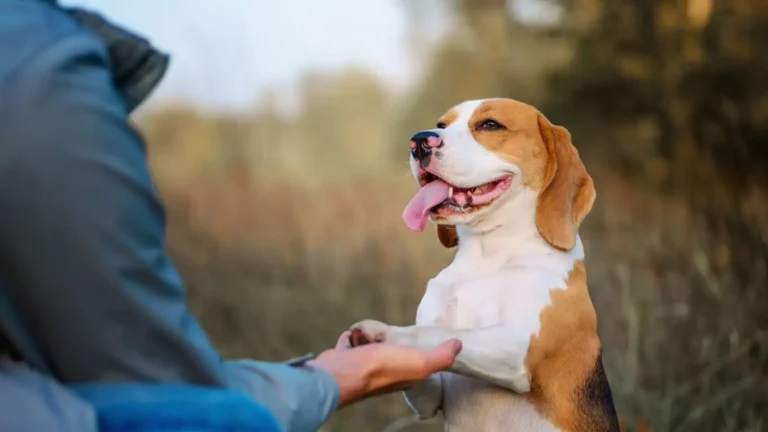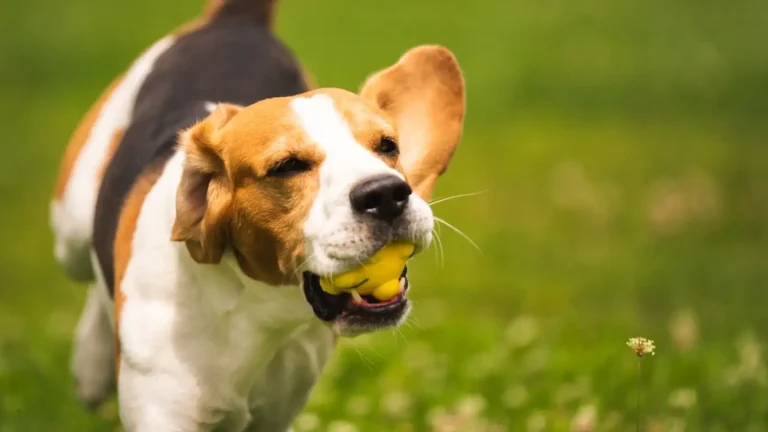How to Train a Dog to Respect Fenced Boundaries Safely and Effectively
If you’re wondering how to train a dog to respect fenced boundaries, you’re definitely not alone. I get asked this all the time—especially from folks who’ve watched their pup bolt through the yard like it’s an open field day at the park. As a Canine-Assisted Therapy Trainer, I’ve seen just how important solid boundary training can be, not just for safety, but for a dog’s overall sense of structure and calm. It’s one of those training basics that can save you a lot of stress—and keep your pup safe from wandering into trouble. Let’s walk through what’s worked for me and my clients over the years, step by step.
Why Boundary Training Matters
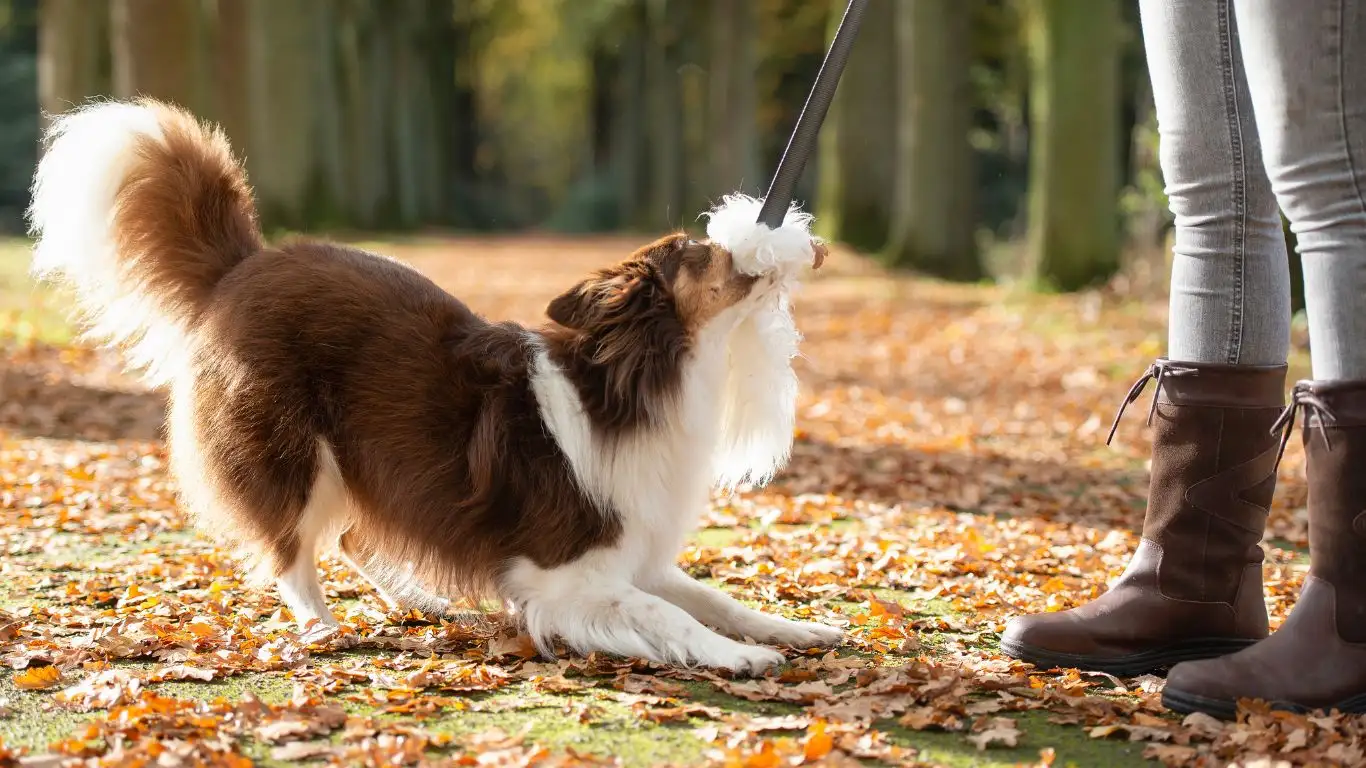
Let’s start with the “why.” Teaching a dog to stay within a fenced yard isn’t just about obedience—it’s about creating trust and structure. When your dog knows their limits, they can enjoy more off-leash freedom in the yard without constant micromanagement. It also reduces anxiety (for both of you) and prevents unwanted encounters with cars, wildlife, or nosy neighbors. I’ve worked with therapy dogs who needed absolute reliability in outdoor environments. If they couldn’t respect physical limits, they couldn’t safely do their jobs.
Setting the Stage for Success

Start with Familiar Territory
If you’re lucky enough to have a fenced yard, start there. But even if you’re using a portable pen or a smaller fenced area, the principles are the same. Walk your dog slowly along the fence line on a leash—yes, I mean slow like you’re on a first date stroll. Give your dog time to sniff and process the boundary. The goal here is exposure, not correction.
Use Visual Markers
Here’s a trick I swear by: place little flags or cones every few feet along the fence. These become visual markers for your dog and make the boundary line super obvious. This is especially helpful if you’re working with invisible fences or training without a physical one just yet. The more consistent and clear you make that line, the quicker your dog will catch on.
Reward Stationary Behavior
When your dog stops near the boundary and doesn’t try to push beyond it—jackpot. That’s the behavior you want to reinforce. Say “Yes!” in a happy tone and drop a treat at their paws. This builds a positive association with staying inside the boundary. Over time, they’ll learn that hanging out near the edge (without crossing it) gets them rewarded. Think of it like giving them a salary for doing the right thing.
Common Mistakes to Avoid
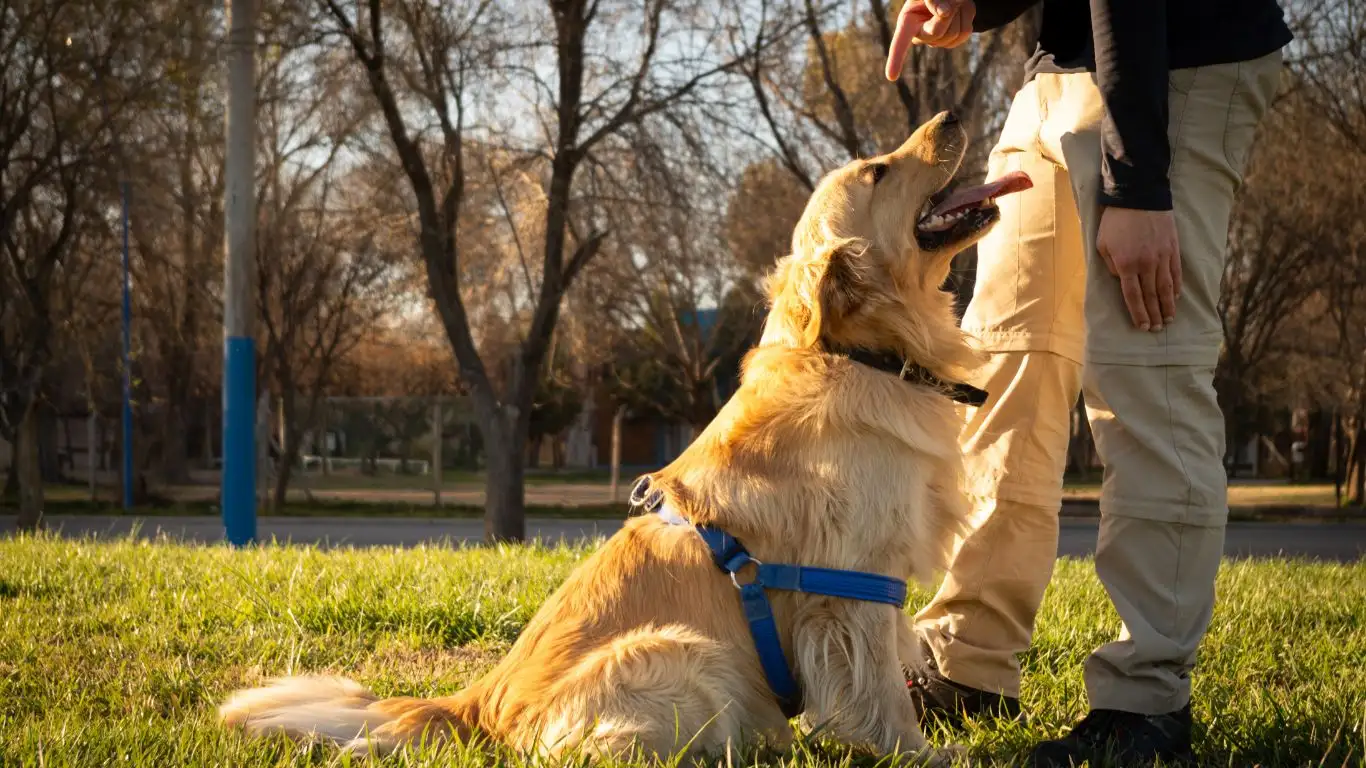
Skipping the Leash Phase
I get it—off-leash freedom sounds dreamy. But jumping straight to it can backfire big time. Always, always start with your dog on a leash. This way, you can guide, correct, and redirect if needed. It’s not about control; it’s about clarity. If your dog doesn’t understand the boundary yet, giving them too much freedom too soon can lead to confusion—and escapes.
Using Harsh Corrections Too Early
One thing I’ve learned from working with therapy dogs is that trust matters more than fear. Yelling or using harsh methods right off the bat can damage your bond and set back training. Keep things light, structured, and positive. If your dog makes a mistake, gently guide them back and try again. Patience really does pay off here.
Inconsistency
This one’s sneaky but crucial. If one day the backyard is off-limits and the next day it’s a free-for-all, your dog will get mixed signals. Consistency in training is non-negotiable. Set clear boundaries and stick to them every time—yes, even when you’re in a rush or the weather’s gross. Dogs thrive on routine, and predictable patterns help them feel secure.
Tools That Can Help Reinforce Fenced Boundaries
Boundary Flags & Training Stakes
They’re simple, cheap, and super effective for visual learners. I use them all the time in early training phases. It gives your dog a tangible sense of space, especially before they’ve fully internalized where the fence line is.
Long Leashes (Drag Lines)
For those transition phases between leash-only and off-leash, a long leash is golden. You can let your dog explore more freely while still maintaining a safety net. I like 15-30 foot drag lines—just make sure to supervise, especially in yards with trees or furniture.
Boundary Cue Words
Some folks skip this, but adding a verbal cue like “Back up” or “Uh-oh, too far” can give your dog another layer of clarity. Say it consistently when your dog nears the fence and praise when they move back inside. Over time, they’ll start responding to the cue before you even step in.
Building Consistency with Daily Practice

One of the biggest keys to success when figuring out how to train a dog to respect fenced boundaries is consistency. From my experience, dogs thrive when the rules don’t change day-to-day. When I first started working with boundary training, I made it a point to practice in short but frequent sessions every single day. Even just 10 minutes here and there adds up and reinforces the message much better than a once-in-a-while marathon session.
Here’s a little trick that’s worked wonders for me: combine boundary training with your dog’s daily routine. For example, before or after playtime in the yard, take a few minutes to walk the fence line together, on leash, practicing that “back up” or “stay” cue. When they succeed, shower them with praise and treats. Making it part of their normal day keeps it fun and natural, not a chore.
Practice in Different Conditions
Dogs aren’t robots, and sometimes distractions make boundary training tricky. If your dog only knows boundaries when it’s sunny and quiet, that won’t cut it. I always recommend mixing it up—practice on windy days, in the morning, in the evening, and even when guests are around. That way, your dog learns that respecting the fence is a rule that applies no matter what’s going on. In one of my therapy dog sessions, I noticed a dog who nailed boundary training when it was calm but kept testing the limits during loud neighborhood parties. By exposing him to varied situations, we were able to build reliable behavior across the board.
Incorporating Positive Reinforcement Techniques
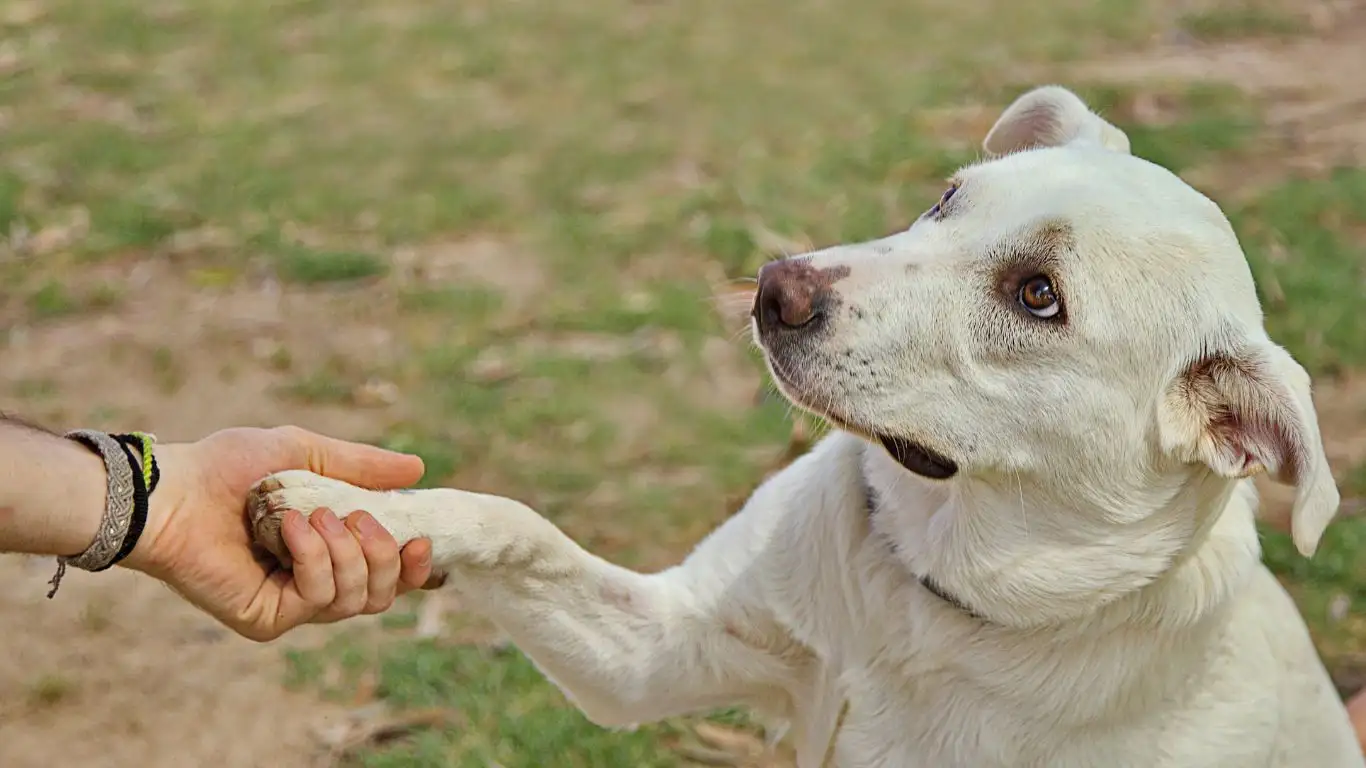
Positive reinforcement is my go-to approach in every training situation, including boundary respect. When you reward the behavior you want, it not only encourages your dog to repeat it but also builds a trusting and happy relationship. No one wants to train with fear or frustration hanging over their heads, and dogs pick up on that energy fast.
Try to catch your dog in the act of staying inside the fence, then immediately reward with something they love—tasty treats, a favorite toy, or enthusiastic praise. The timing is crucial here. In therapy training, I often use a clicker to mark the exact moment a dog does the right thing, but even a simple “Yes!” said right when they stop at the boundary works beautifully.
Make It a Game
Training doesn’t have to be serious all the time. When you turn boundary respect into a game, your dog is more likely to engage and learn faster. For example, try tossing a ball or toy near the fence and letting them retrieve it—then call them back before they cross the line. Reward them for coming back. This playful approach keeps your dog mentally stimulated and makes the boundary feel like a fun challenge rather than a strict limit.
Addressing Boundary Challenges: When Dogs Test Limits

Let’s be real: some dogs just love pushing the envelope. If your pup tests the fence line, doesn’t respect your cues, or tries to escape, it can feel frustrating. From my years working with a variety of breeds and temperaments, I’ve learned that these “boundary pushers” usually have reasons for their behavior.
Understanding the Why Behind the Behavior
Is your dog chasing squirrels, bored, or anxious? Sometimes boundary breaking isn’t about defiance—it’s about unmet needs. I always encourage owners to take a moment and think about what might be driving the behavior before reacting. For example:
- Boredom or lack of exercise: Dogs with pent-up energy are more likely to test limits.
- Curiosity or prey drive: Sights and smells outside the yard can be incredibly tempting.
- Anxiety or stress: Dogs who feel unsafe or anxious might try to escape.
Addressing these root causes can make boundary training much easier. If your dog has plenty of mental and physical exercise, they’re less likely to act out.
Redirect and Reinforce
If you catch your dog approaching the fence with escape in mind, calmly redirect them back inside and immediately reward the correct behavior. Avoid chasing or yelling—it usually just turns into a game of “catch me if you can.” Instead, use your voice and body language to guide them gently, then reinforce when they comply. Over time, this teaches them that staying inside pays off way more than breaking out.
Consider Professional Help When Needed
Sometimes, despite your best efforts, boundary training can hit a wall. When that happens, consulting with a professional trainer or behaviorist can be a game changer. In my work as a Canine-Assisted Therapy Trainer, collaboration and tailored approaches make all the difference. They can help identify subtle issues and design a personalized plan that suits your dog’s personality and your lifestyle.
Advanced Tips to Strengthen Boundary Respect
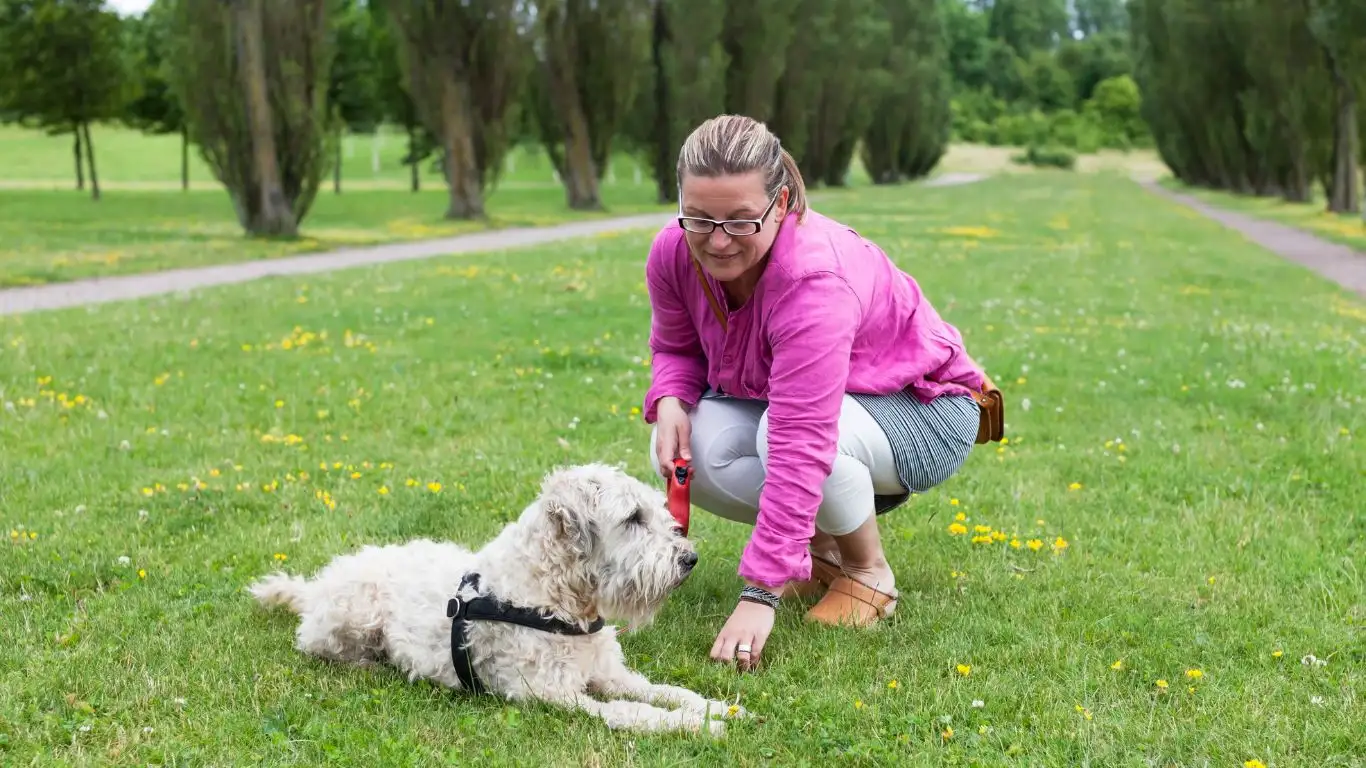
Now that you’ve got the basics down and have worked through some of the common challenges, it’s time to up the game. When I work with therapy dogs, we often move into advanced boundary training that makes their respect for fenced areas rock-solid—even when distractions are off the charts.
Introduce Distance and Duration
One thing I always emphasize is teaching your dog to understand boundaries from a distance, not just right at the fence line. For example, if your dog is hanging out 5 feet away from the fence and you want them to stay there, that’s a great way to build impulse control. Use your cue words and reward them for holding their position without inching closer or trying to sneak past.
Along with distance, build duration—ask your dog to stay in place near the boundary for longer periods before rewarding. It’s a slow process but hugely effective. You’re teaching your dog that the boundary is a calm, safe space, not just a quick stop before freedom.
Work with Distractions
This is where training really separates the casual boundary respect from true reliability. Gradually introduce distractions—like neighbors walking by, other dogs barking, or kids playing. At first, practice with mild distractions, then ramp up intensity as your dog improves.
During these sessions, stay close with your dog on a leash or long line so you can quickly intervene if they get tempted. Praise them like crazy when they stay calm and inside the boundary despite the distractions. Trust me, this builds confidence and focus.
Using Technology Wisely in Boundary Training
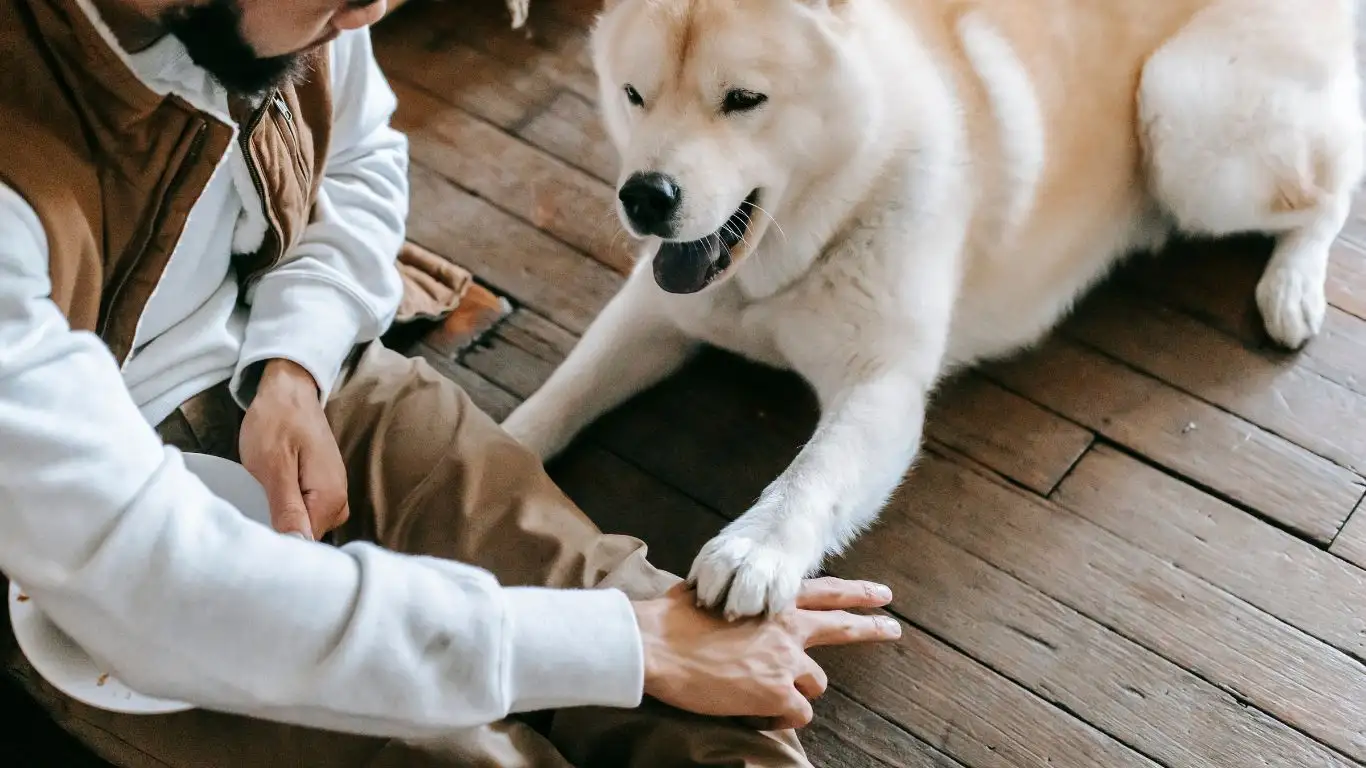
Technology isn’t a substitute for solid training, but when used correctly, it can be a fantastic aid. In my experience, tools like GPS trackers and activity monitors give you peace of mind, especially if your dog is still mastering their boundaries.
GPS and Activity Trackers
These handy gadgets let you keep an eye on your dog’s whereabouts in real time. If you’re worried about an escape artist, a GPS tracker can alert you the moment they cross the fence line. I recommend pairing this with training, not relying on it alone. It’s a safety net, not a solution.
Electronic Boundary Systems
Invisible fences or electronic boundary systems can work for some dogs but they’re definitely not a magic fix. Based on my training experience, these work best when combined with positive reinforcement and leash training. Never skip the fundamentals. If you decide to use one, take the time to properly introduce the system with plenty of positive associations and always supervise during early stages.
Maintaining Long-Term Success
Once your dog respects fenced boundaries consistently, the goal shifts to maintenance. I can’t stress enough how important ongoing practice is. Dogs can forget lessons if boundaries become a “one-and-done” deal.
Regular Refreshers
Schedule quick refresher sessions weekly, especially if you notice your dog getting a little too curious near the fence. I like to treat these as bonding moments—check in with your pup, review boundary cues, and throw in some fun training games to keep things fresh.
Watch for Changes
Life changes—like new neighbors, changes in yard layout, or your dog getting older—can affect boundary respect. Always be alert to these changes and adjust training as needed. When I’ve helped therapy dog owners, we always kept an eye on how environmental shifts impacted behavior. It’s a simple step that can prevent boundary slip-ups.
Celebrate the Wins
Training is hard work, and it’s easy to get caught up in the tough moments. Don’t forget to celebrate the small victories—whether it’s your dog stopping at the fence line without a second glance or coming back quickly when called. Positive vibes fuel progress.
References
- https://www.aspca.org/
- https://www.avma.org/
- https://www.cesarsway.com/
- https://www.humanesociety.org/
Disclaimer
This article is intended for informational purposes only and does not replace professional veterinary advice, diagnosis, or treatment. Every dog is unique, and what works for one may not work for another. If you have concerns about your dog’s behavior or health, please consult a licensed professional trainer, behaviorist, or veterinarian.

